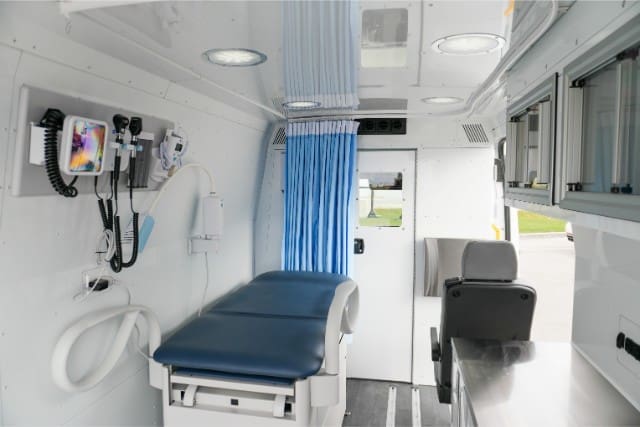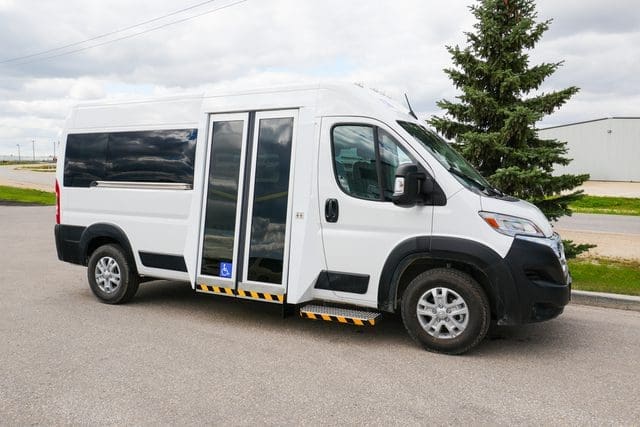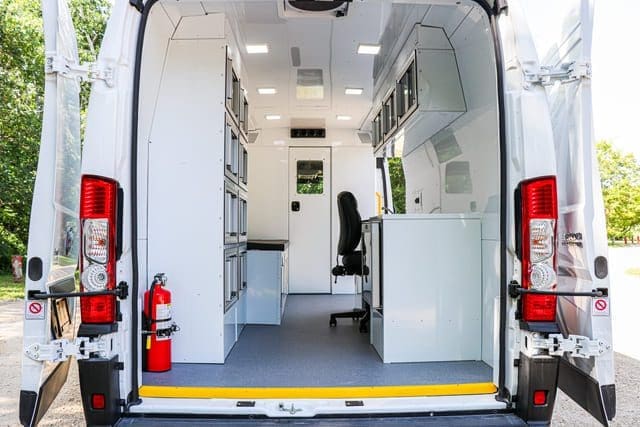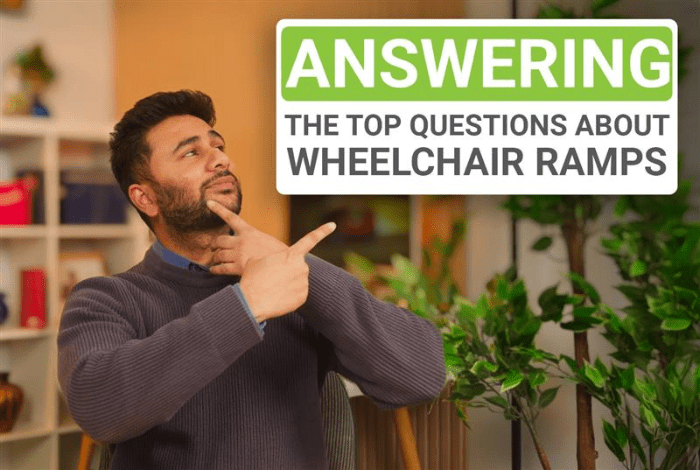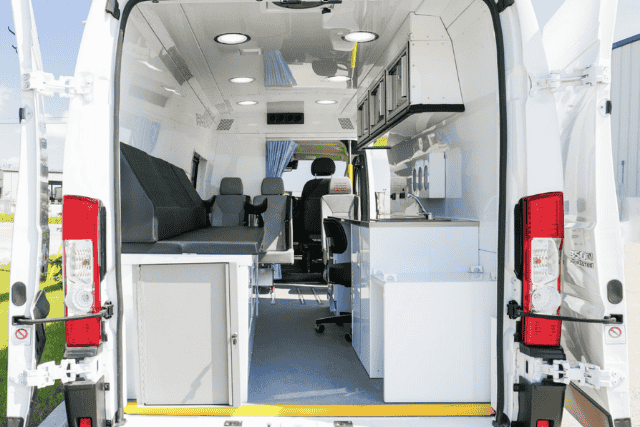About 1 in 5 First Nations people living off reserve have to travel outside their community to get health care. And over half of them travel up to 500 kilometres to do it. That’s a lot of time, stress, and cost just to get the basics.
If you’re part of one of the many First Nations communities in Canada, this probably hits home. Some of your members might skip appointments because getting there is too hard. Some Elders might be waiting weeks to see a doctor. Maybe your nurses or care staff are overworked and driving between communities every day.
When healthcare isn’t close, small issues turn into big ones. People fall through the cracks. And your community is left without the care it deserves.
Now imagine if the clinic could come to your First Nations community instead.
That’s where we come in.
MoveMobility has been building mobile medical vehicles in Canada for over 20 years. We’ve worked with organizations like yours and the Blood Tribe community, and we’re all about breaking barriers to healthcare, which can save lives.
In this article, you’ll learn five ways a mobile clinic helps First Nations communities:
- Bring health care to where people are
- Respect cultural needs
- Provide more flexible healthcare
- Support mental health programs
- Build trust through regular care
How can a mobile clinic benefit First Nations communities?
There’s no one-size-fits-all solution for health care in First Nations communities. Each Nation is different. Each community has its own stories, challenges, and strengths. But the one thing we hear over and over again is this: We need care that fits us, not the other way around.
That’s what a mobile clinic can do. It brings health care to the people who need it most, in a way that respects where they live and how they live. In the next five sections, we’ll break down the most powerful ways mobile clinics support First Nations communities.
1. Bring primary care closer to home with mobile health clinic vans
Let’s talk about the basics. Things like blood pressure checks. Prescription renewals. Seeing a nurse or doctor when something feels off.
These are simple needs, but for many people in First Nations communities, they come with long waits and long drives. That’s frustrating, and it’s dangerous. A missed check-up can turn into a hospital visit, and a short delay can turn into a crisis.
That’s why bringing things like primary care right into the community is such a big deal.
Mobile primary care clinics make it possible to get everyday care without leaving town. You can park the unit outside the band office, the school, or a community centre. People can walk in, get seen, and go home.
- No bus rides
- No hotel stays
- No “maybe next month” answers
It also helps the community trust the care they’re getting. When health workers show up where people live, regularly and reliably, it builds connection. And when people trust the care, they use it.
Here’s what that can look like:
- A nurse practitioner visits every Wednesday
- Kids get vaccines at school, in the van
- Chronic care check-ins happen weekly
- Elders don’t need to travel far for support
This is what a mobile medical clinic is built for. It’s a new way to close the gap between “needing care” and “getting care.”
2. Create care that feels safe, respectful, and rooted in your community with mobile health clinics
Health care should never feel like something people have to brace themselves for. But for many in First Nations communities, it has. Care has often come from outsiders who don’t know the land, the language, or the way your people live. That doesn’t build trust; it creates distance.
With a mobile health clinic, your community decides how care is delivered. You choose the team, the services, the look, the feel, and the purpose.
When care is built around your values, people feel it. They’re more likely to walk through the door. They’re more likely to talk about what’s really going on. And they’re more likely to come back.
We’ve worked with communities who wanted to keep things low-profile, so the vehicle blends in and doesn’t call attention to those using it. Others ask us to design the inside with natural light, soft seating, and space for reflection. Some bring in Elders to provide support alongside nurses or doctors.
Simple choices make a big difference:
- Friendly, familiar staff from the community
- Posters and signs written in the local language
- A quiet space to smudge or reflect before appointments
- Room for two chairs, not one, so a family member can come too
When people feel safe, they speak up. When care feels familiar, they return. That’s how long-term health starts, by making people feel seen, heard, and respected.
A mobile healthcare vehicle helps you do that. It brings health care into your world instead of asking your world to change for it.
3. Deliver care across multiple communities with one mobile medical clinic
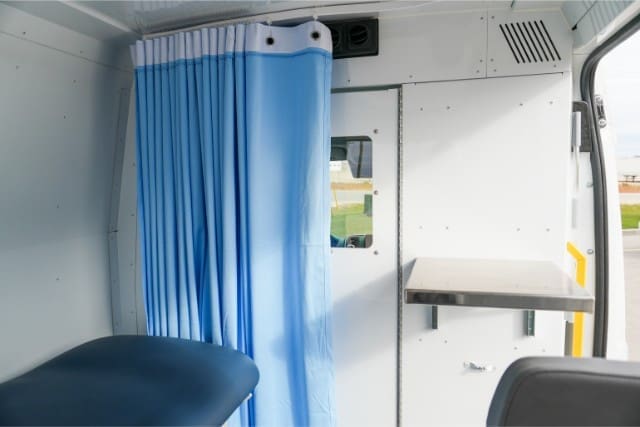
You already know the challenge if your health team supports multiple First Nation communities. Staff time gets burned out. Vehicles fill up fast. And every extra stop adds more hours to an already full day.
A mobile medical clinic helps you serve more people without burning out your team. Instead of running separate programs from different locations, one vehicle can carry the tools, equipment, and space you need to deliver care from community to community.
This is especially helpful for home care, harm reduction, immunization, or mental health outreach programs. You can rotate your service schedule based on need. One week, the mobile health van might be at a school. Next, it might be set up outside the band office or visiting the Elders at home.
This kind of flexibility helps you:
- Make fewer trips with better tools on board
- Keep supplies organized and ready for any visit
- Offer services in a private, climate-controlled space
- Reduce time spent loading and unloading at every stop
Some teams we’ve worked with use their mobile medical unit for health screenings, youth counselling, medication drop-offs, and even virtual appointments using built-in Wi-Fi. Others keep a fridge on board for vaccines or lab samples.
You don’t need four buildings to run four programs. You need one reliable space that moves with you.
When your care team has the right setup, they can do more in less time and serve each First Nation community with the dignity, consistency, and privacy it deserves.
A mobile healthcare unit gives you that kind of reach every single week.
4. Make preventive care easier to access with a mobile healthcare unit
It’s easy for urgent needs to take up all the space. Someone’s sick, someone’s injured, someone needs help right away. But long-term health comes from catching problems early. And that only happens when people have regular access to preventive care.
In many First Nations communities, services like cancer screening, prenatal checkups, and chronic disease monitoring are harder to get. People often have to travel far for things like Pap tests, blood pressure clinics, or diabetes screenings. That distance adds stress, cost, and delays; sometimes, people don’t go at all.
A mobile healthcare unit helps bring these important services right into the community. You don’t need a full hospital to do early detection or routine checks. You just need the right equipment, the right people, and a vehicle that’s ready to roll.
Here’s what that could look like:
- A prenatal care day for expecting parents
- Diabetes checks and nutrition support
- Blood draws or urine testing right on-site
- Flu shot clinics ahead of the winter season
You can run these services monthly, seasonally, or around community events. Some teams schedule them alongside Elders’ gatherings or community wellness days.
This kind of care keeps people healthy before something serious develops. It shows people that their health matters all year round—not only when there’s an emergency.
With a well-equipped mobile medical van, you can make preventive care part of everyday life in your community, not something people have to chase.
5. Build trust with consistent, face-to-face care using a mobile healthcare vehicle
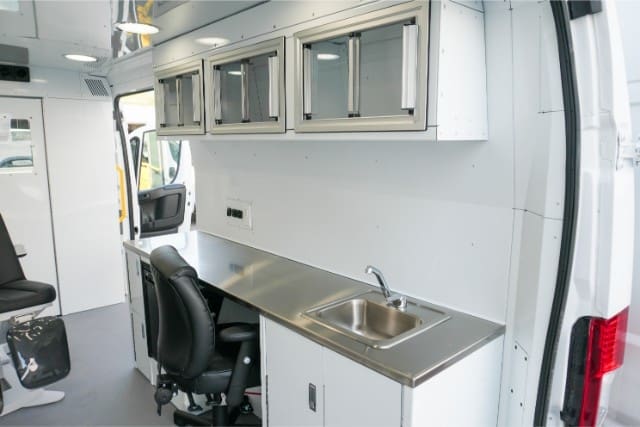
Trust doesn’t happen overnight. It’s built through time, presence, and showing up again and again. For many First Nations communities, health care has often felt disconnected. One day someone’s there, the next they’re gone. New faces rotate in, and people have to tell their stories all over again.
A mobile healthcare vehicle helps change that story.
When the same van, with the same team, shows up regularly, people start to feel more at ease. They know who’s coming. They know what kind of care they can get. And they know they’ll be treated with respect.
This kind of consistency makes it easier for people to ask hard questions or open up about what they’re facing. It also helps care providers notice small changes—like someone losing weight, skipping visits, or showing signs of something deeper going on.
We’ve seen trust grow when clinics become familiar:
- A nurse knows an Elder by name and checks in weekly
- A youth recognizes the van and stops in for a quiet conversation
- A mom brings her baby for monthly checkups without needing reminders
- A band council member refers people to the van because they’ve seen the results
When people trust the care, they come back, follow up, tell others, and start to feel like health care is something built with them, not handed to them.
With a reliable mobile medical clinic, your team can be more than a service. You can be a steady presence. And in communities where that’s been missing, showing up consistently is one of the most powerful things you can do.
Real stories, real impact: How the Blood Tribe is using a mobile medical van to meet community needs
It’s one thing to imagine the impact of a mobile clinic. It’s another to see it in action.
The Blood Tribe, also known as Kainai First Nation, is located in Standoff, Alberta. As one of Canada’s largest First Nations communities by land and population, it faces a common challenge: distance. Getting to health services isn’t always possible. Many members don’t have transportation, and some programs weren’t being accessed simply because getting there was too hard.
So, the Blood Tribe Department of Health took a different path. In partnership with MoveMobility, they added a mobile medical unit to their health fleet. But they didn’t stop at just using it for one program. They built an entire care model around it.
Here’s how they’ve used the van so far:
- Delivered suboxone and methadone for opioid therapy
- Supported home care nursing services
- Provided bloodwork and phlebotomy services for Elders
- Offered COVID-19 vaccinations and supported large clinics
- Created a discreet space for sexual health treatment
- Reduced stigma by using an unmarked vehicle
- Supported virtual doctor appointments with a laptop onboard
The vehicle is now shared between several departments, and plans are in motion to expand it to mental health programs. What started as a way to reach people with limited transportation has grown into a mobile extension of their clinic, making it a safe, private, and flexible tool for health care.
As Mr. Kash Shade from the Blood Tribe Department of Health put it:
“It’s really like you’re bringing the clinic to the client.”
If you’re thinking about what a mobile clinic could look like in your own community, the Blood Tribe’s experience shows what’s possible when care meets people where they are.
Check out the video below:
Want to bring healthcare closer to your First Nations community?
You’re likely here because health services in your community are too far, too limited, or not the right fit. Maybe you’ve seen too many people falling through the cracks. Maybe your health team is stretched thin. Either way, you’re looking for a better way to deliver care.
After reading this article, you’ve learned:
- Five clear ways these vehicles remove barriers to care
- How one community used a mobile clinic to support multiple programs with one solution
At MoveMobility, we design mobile medical vehicles that meet real-life needs across Canada. Our team has worked side by side with First Nations health leaders to plan and build vehicles that reflect their values and serve their people. Every vehicle is designed with the future of your program in mind.
You care deeply about helping your community live healthier, longer lives. We care about helping you get there. If you’re ready to talk about your options, click the button below to connect with a mobility expert.
If you’re not quite ready to reach out, here are three helpful reads to explore next:
- Bridging gaps in healthcare for First Nations: This article takes a deeper look at common access issues and how communities are responding.
- 2 solutions for evacuating First Nations communities in emergencies: You’ll learn how mobile medical units can help your community prepare for the unexpected.
- Ensuring winter safety for First Nations in transit and health: Reading this will help you plan for year-round use of your mobile clinic in Canada’s toughest weather.


